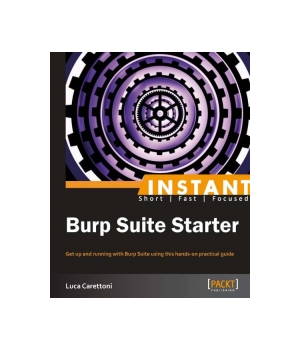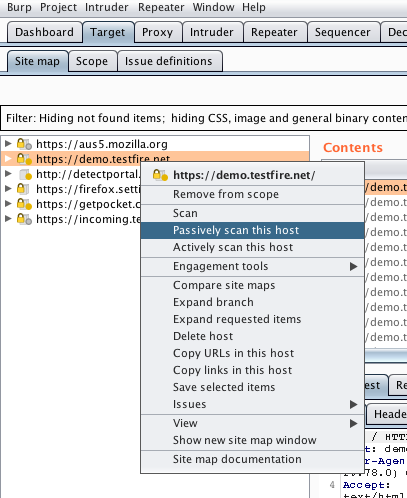
The request and response elements have a base64 attribute, which contains a Boolean value to indicate whether the messages are Base64-encoded. For example, a specific URL parameter or request header. The location element includes both the URL and a description of the entry point for the attack, where relevant. The path element contains the URL for the issue (excluding query string). See the list of scan issue types for a list of all issue names. The name element contains the descriptive name for the issue type. See the list of scan issue types for a list of all numeric type identifiers. This value is stable across different instances of Burp. The type element contains an integer that uniquely identifies the issue type (such as SQL injection, or XSS).
#Burp suite scanner pdf serial number#
If you export issues several times from the same instance of Burp, you can use the serial number to identify incrementally new issues.


The serialNumber element contains a long integer that uniquely identifies the individual issue instance. These XML elements are specific to the scan results: If you're an author of interoperability code, we recommend that you review a sample report to obtain the current DTD. To encode requests and responses in Base64, select Base64-encode requests and responses. To include false positives in the report, select Include false positive issues. įrom the Report type drop-down menu, select Export Issue Data.įrom the Include severities drop-down menu, select the severity levels you want to include in the report. To remove an email address, click the trash icon. To send the report to more than one email address, click and enter another address. In the Send scan summary reports by email section, enter an email address. In Scan settings, select the Scan notifications tab.
#Burp suite scanner pdf driver#
Configuring a Burp Scan using the generic CI/CD driver.Configuring a site-driven scan using the generic CI/CD driver.Configuring a site-driven scan in TeamCity.Configuring a site-driven scan in Jenkins.Creating an API user for CI/CD integration.Environment network and firewall settings.Configuring site and scan data settings.Burp Scanner for pentesters, by the Scanner development team.



 0 kommentar(er)
0 kommentar(er)
